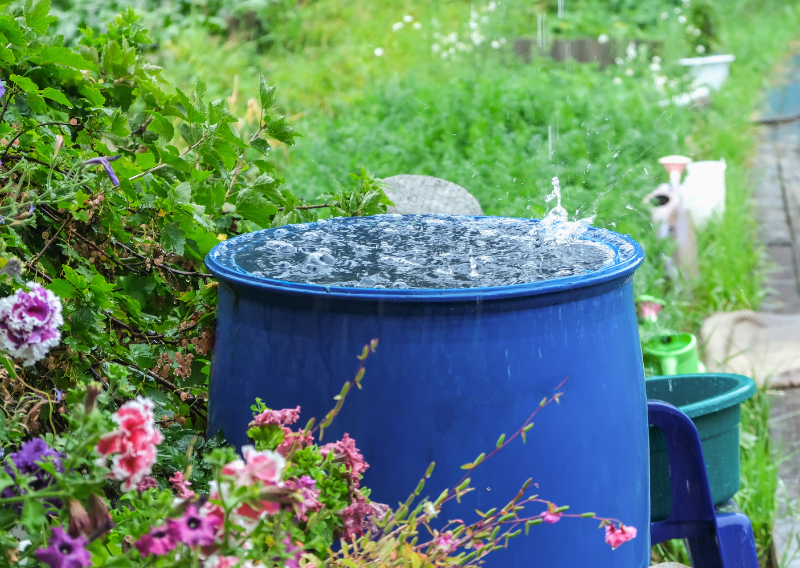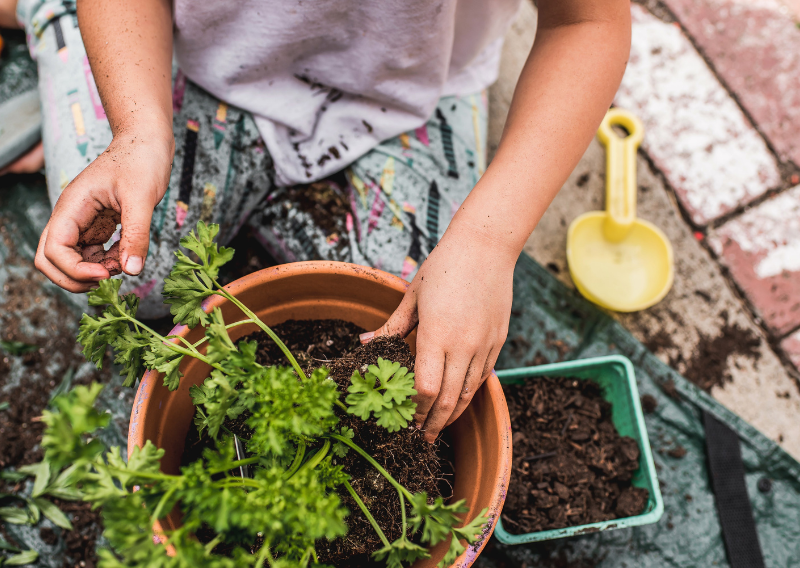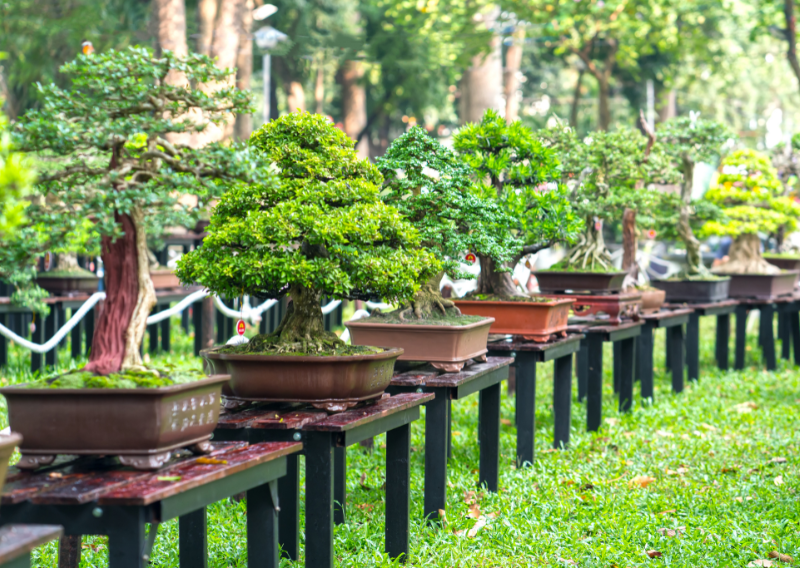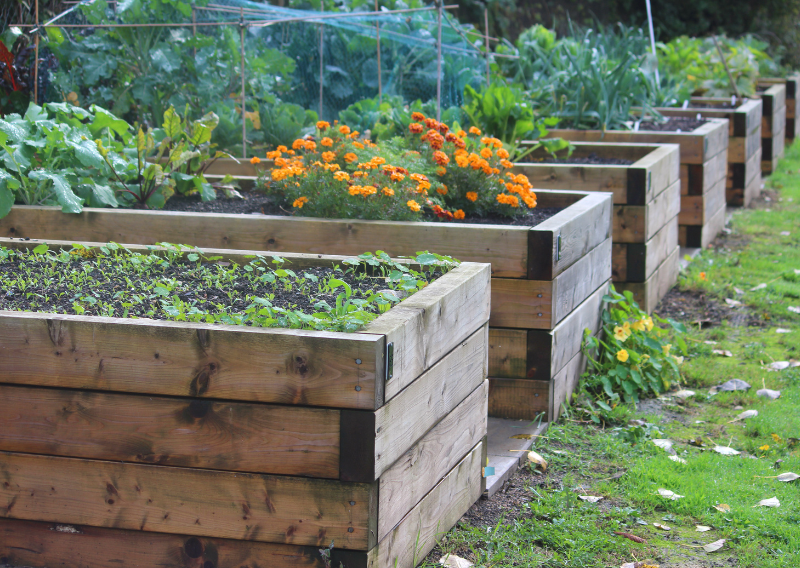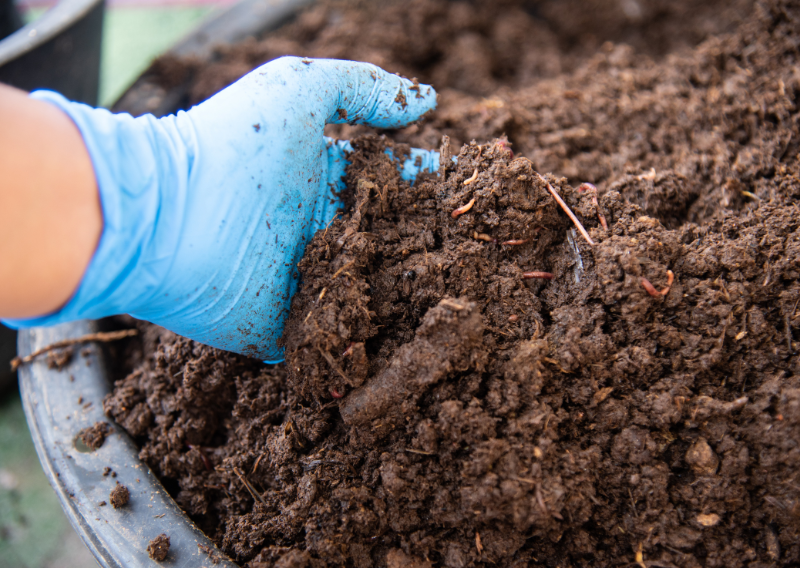
The Ultimate Guide to Natural Fertilizers: Benefits, Types, and DIY Tips for a Healthier Garden
Fertilizer use in agriculture is rapidly evolving as people become more conscious of its impact on the environment and human health. Because of pollution, soil erosion, and climate change, there is a growing movement toward using natural solutions. Natural fertilizers are leading the way. Gardeners, farmers, and even hobbyists are beginning to prefer natural fertilizers over artificial ones because they last longer and are better for the environment. Synthetic fertilizers are made using industrial chemicals, while natural fertilizers come from organic sources and are meant to feed plants, heal the soil, and make the environment better in a gentle way.
We will explore every aspect of natural fertilizers in this post, including their advantages and varieties as well as doable advice on how to apply them efficiently. Knowing natural fertilizers can let you access a more sustainable and fulfilling gardening experience whether your goals are to lower your environmental impact or just desire to use a more natural method of growing your plants. Let us explore why natural fertilizers could be the hidden component your garden has been waiting for.


Why Choose Natural Fertilizers?
Natural fertilizers, like soil, animal manure, and even some minerals, come from things that are already existing. In contrast to manufactured fertilizers, which are often made through chemical processes, natural fertilizers break down slowly and release nutrients slowly. Since this slower release is more like the natural nutrient cycle in the soil, it is less likely to hurt plants or cause nutritional problems.
Natural nutrients are a good idea because of the following:
- Better for the Environment: Natural fertilizers provide nutrients at a pace soil and plants can absorb, unlike synthetic fertilizers that can contaminate water systems. This lessens the likelihood of water pollution and runoff.
- Supports Soil Health: Natural fertilizers feed the soil as well as the plants. They raise the organic matter, fix the structure, and help the soil to hold water.
- Safer for Humans and Animals: Synthetic fertilizers can sometimes contain harmful chemicals. In contrast, natural fertilizers are safe for kids, pets, and local wildlife.
- Cost-Effective and Sustainable: Many natural fertilizers can be made at home with kitchen scraps or yard waste, making them a budget-friendly option that also reduces waste.
Types of Natural Fertilizers
There are several kinds of natural fertilizers, and every one of them has special value. These are some of the most often used effective types below, together with some quick tips on their application.
- Compost
Rich nutrient value of compost makes it sometimes known as “black gold”. It’s created from broken down organic products including yard waste and culinary leftovers. Beneficial bacteria abound in compost, which aids in the breakdown of organic material in the soil so enhancing the availability of nutrients to plants. - How to Use: Mix compost into your garden soil or spread a thin layer on top as a mulch.
- Benefits: Adds organic matter to the soil, improves soil structure, and increases water retention.
- Manure
Another nutrient-dense fertilizer long utilized for generations is manure, or animal waste. Among the several animals that produce manures are horses, chickens, and cows. Every kind has a distinct nutrient profile, thus you have to pick one that meets the demands of your garden. - How to Use: Apply it to your garden soil, but make sure to compost it first. Because it has a lot of nitrogen, fresh manure can burn plants.
- Benefits: Manure is an excellent source of nitrogen, phosphorus, and potassium. It also adds organic matter, improving soil texture.
- Worm Castings
Considered to be essentially worm feces, worm castings—also known as worm manure—have lots of nutrients and helpful bacteria. Because it’s mild and won’t burn roots, this fertilizer is especially ideal for potted plants and seedlings. - How to Use: Mix into potting soil or sprinkle on top of the soil around plants.
- Benefits: Provides a balanced nutrient profile and helps improve soil structure.
- Wood Ash
If you have a fireplace, the ash will help your garden. High in potassium and calcium, wood ash can enable pH in acidic soils be raised. Still, it should be used cautiously since too much would turn the ground alkaline. - How to Use: Sprinkle lightly over soil and water in. Avoid using around acid-loving plants like blueberries.
- Benefits: Provides potassium, calcium, and raises pH, making it ideal for gardens with acidic soil.
Benefits of Natural Fertilizers Over Synthetic Ones
It is better to use natural fertilizers instead of manufactured ones in the long run because they have many benefits. Here’s an easy way to compare them:
- Environmental Impact: Synthetic fertilizers often contain chemicals that leach into water bodies, harming aquatic life. Natural fertilizers, however, are biodegradable and release nutrients slowly, reducing the risk of runoff.
- Soil Health: Synthetic fertilizers can degrade soil structure over time, while natural fertilizers build up organic matter, fostering a rich, healthy soil ecosystem.
- Plant Health: Synthetic fertilizers can cause rapid growth, which may lead to weak stems or leaves. Natural fertilizers encourage steady, balanced growth, resulting in stronger, healthier plants.
- Cost: While synthetic fertilizers might provide an immediate boost, they often need to be applied frequently. Natural fertilizers, on the other hand, improve soil health over time, meaning you may need to apply them less often.
How to Make Your Own Natural Fertilizer
You can often make natural fertilizers at home, which is one of the best things about them. If you want to try some natural fertilizers, here they are.
- Compost Tea
This liquid fertilizer is made by steeping compost in water for a few days. Compost tea is loaded with nutrients and beneficial microorganisms. - How to Make: Place a handful of compost in a cloth bag, steep it in a bucket of water for 24–48 hours, and stir occasionally.
- How to Use: Use as a foliar spray or pour around the base of plants.
- Banana Peel Fertilizer
Banana peels are rich in potassium, which helps plants with flowering and fruiting. You can make banana peel fertilizer by soaking peels in water for a few days. - How to Make: Place a few banana peels in a jar of water and let it sit for a few days.
- How to Use: Pour the water around your plants. You can also bury chopped banana peels directly into the soil.
- Epsom Salt Solution
Epsom salt contains magnesium and sulfur, two essential nutrients that help plants with photosynthesis and overall growth. This works great for roses, tomatoes, and peppers. - How to Make: Dissolve a tablespoon of Epsom salt in a gallon of water.
- How to Use: Use as a foliar spray or pour around the base of plants once a month.
Tips for Using Natural Fertilizers
Natural fertilizers don’t mind if you mess up, but here are some tips to get the most out of them:
- Don’t Overdo It: Even though they’re natural, too much of any fertilizer can harm plants. Start with a little and add more if you need to.
- Compost First: Manure and other “hot” fertilizers need to be composted or aged before use to avoid burning plants.
- Timing Matters: Apply natural fertilizers during the growing season (spring and summer) when plants are actively growing. Avoid applying fertilizers in late fall or winter.
- Know Your Soil: A soil test can tell you what nutrients are lacking in your garden. This can help you choose the right type of natural fertilizer and avoid nutrient imbalances.
Natural fertilizers will probably become increasingly more common as sustainable gardening methods and organic farming keep developing. Natural fertilizers might shortly provide even greater benefits thanks to continuous study. Scientists are working to improve the nutrient profile of natural fertilizers, hence increasing their availability and efficacy.
Selecting natural fertilizers not only helps your garden flourish but also moves toward a more sustainable environment. Natural fertilizers are a terrific method to help your plants and the surroundings, whether you run a little farm or have tomatoes in your backyard. Try them, then see how beautifully your garden blossoms—never before!

